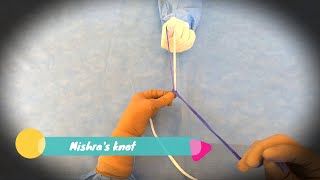Intermediate-Level Laparoscopic Cholecystectomy: Managing Moderate Complexity
Add to
Share
17 views
Report
1 day ago
Description
Laparoscopic cholecystectomy is one of the most commonly performed minimally invasive surgeries, yet certain anatomical variations and inflammatory conditions can elevate its complexity to a moderate level. At World Laparoscopy Hospital (WLH), surgeons and trainees are guided through these challenging cases with precision, safety, and evidence-based technique. A moderate-difficulty cholecystectomy usually involves factors such as partial adhesions in Calot’s triangle, a thickened gallbladder wall, mild acute or chronic cholecystitis, or anatomical variations of the cystic duct and artery. At WLH, every step—from initial port placement to final gallbladder extraction—is demonstrated using high-definition imaging and standardized surgical protocols developed over decades of laparoscopic expertise. The procedure begins with careful dissection to achieve the Critical View of Safety, ensuring that only the cystic duct and artery enter the gallbladder before clipping or sealing. Surgeons at WLH emphasize controlled traction, judicious energy use, and meticulous identification of biliary structures to minimize the risk of injury. When moderate difficulty is encountered, such as adhesions or unclear anatomy, faculty members teach safe strategies like fundus-first dissection, decompression of a tense gallbladder, or the use of additional ports as required. Training at WLH blends live surgery, simulator practice, and hands-on mentorship, allowing surgeons to gain confidence in tackling moderately complex cholecystectomy cases. This structured approach ensures that every surgeon not only learns the technical skills but also develops sound judgment—key to navigating challenging laparoscopic scenarios safely. A laparoscopic cholecystectomy of moderate difficulty, performed under the WLH framework, reflects the hospital’s commitment to excellence, patient safety, and advanced surgical education.
Similar Videos






